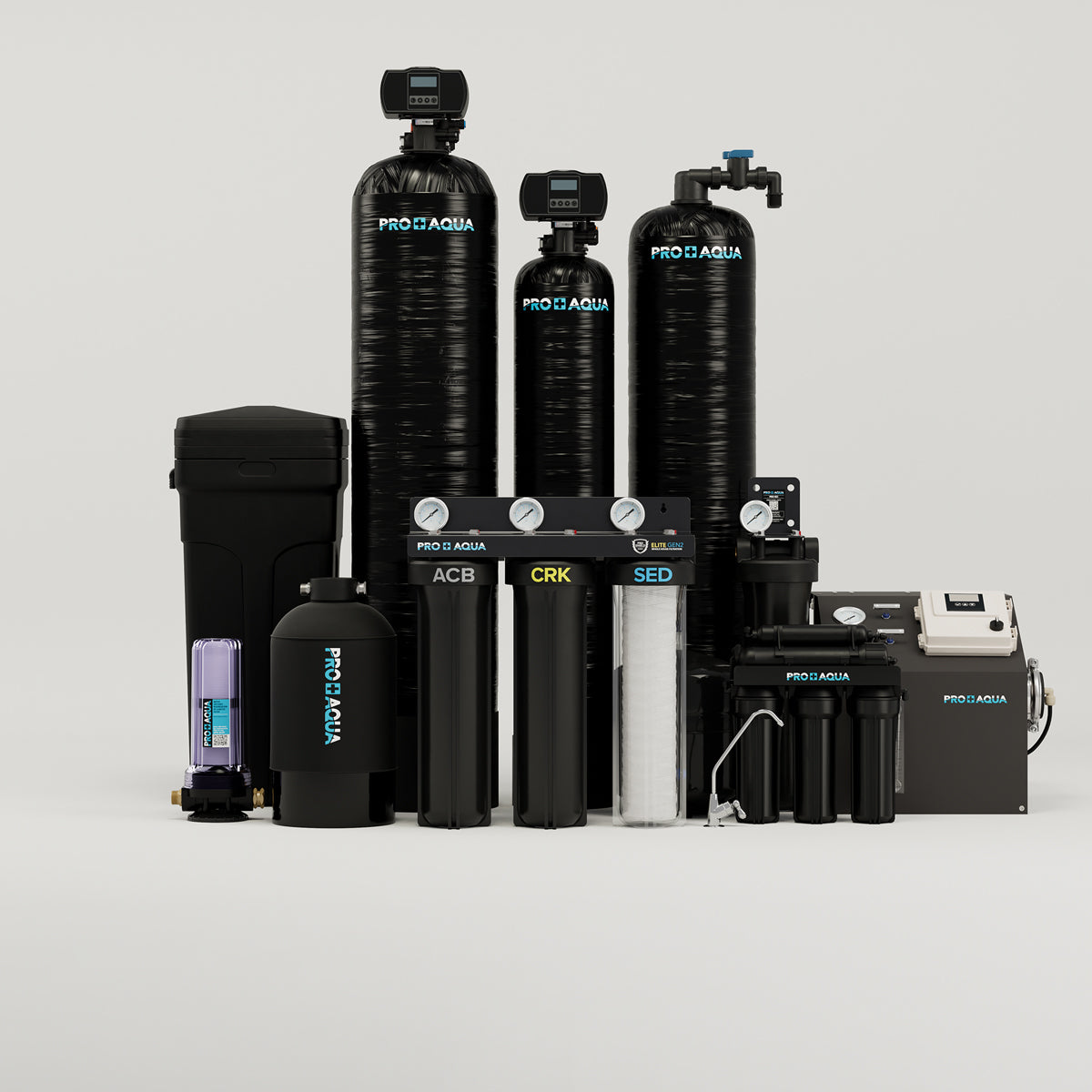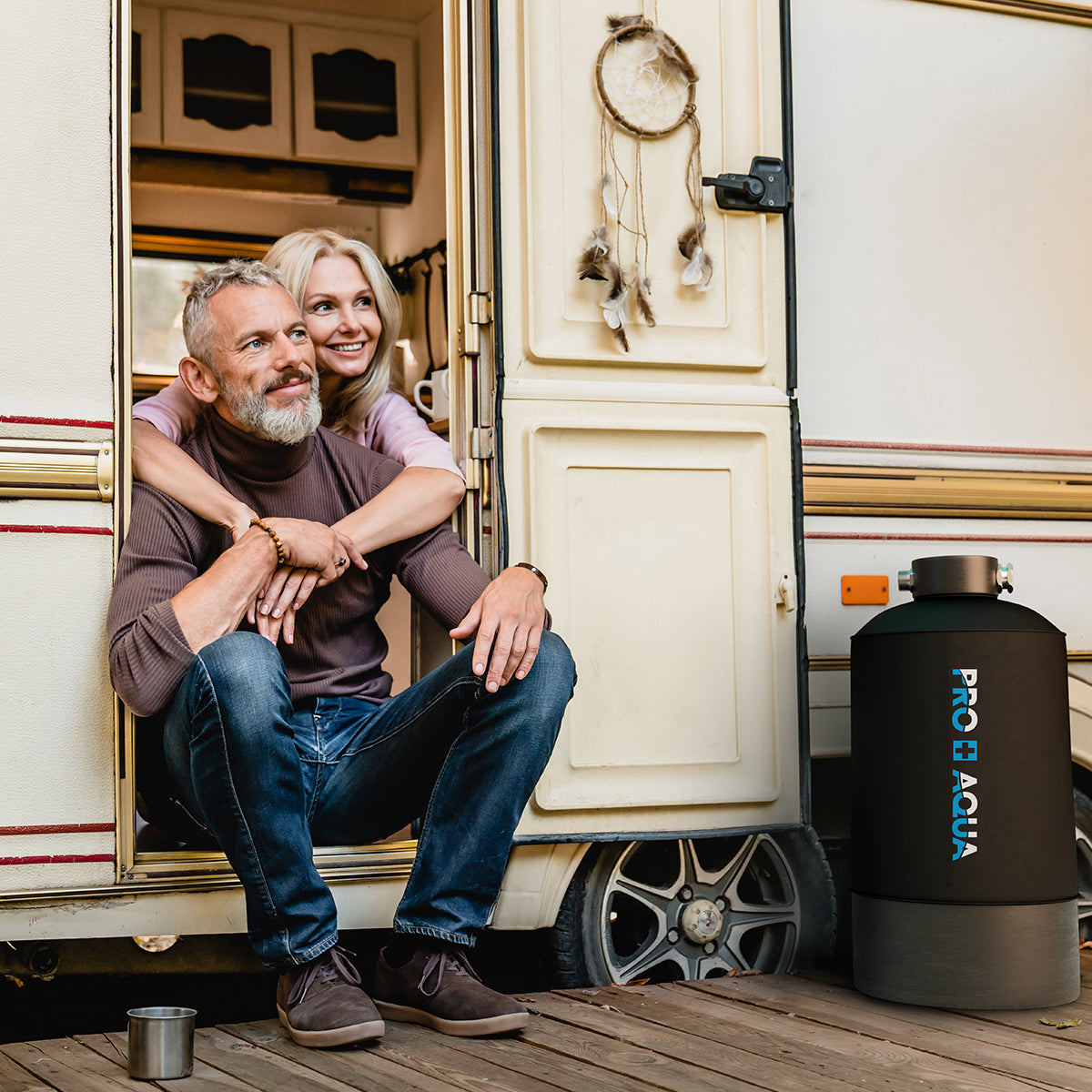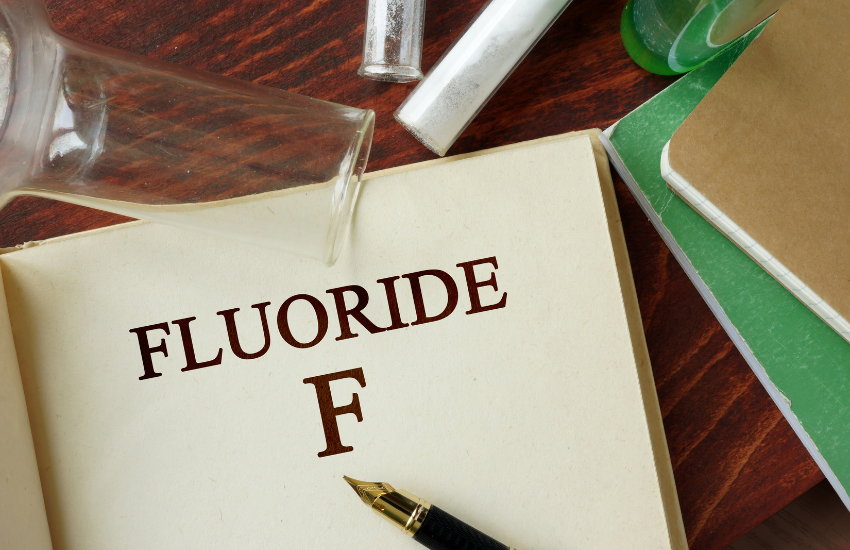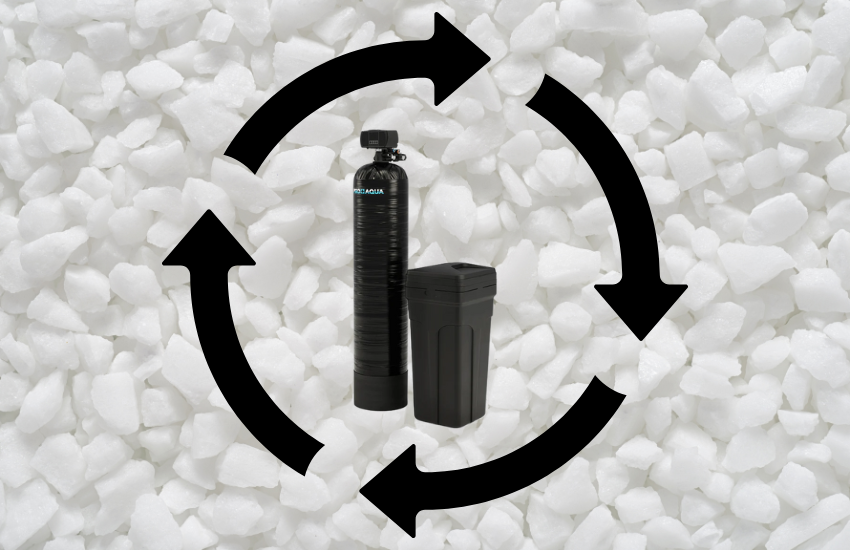Fluoride is a naturally occurring mineral often added to municipal water supplies to help prevent tooth decay. While some consider it beneficial, others are concerned about long-term exposure and potential health risks. If you're wondering how to filter fluoride out of water and take control of what goes into your body, you're not alone.
In this guide, we’ll walk you through your options for removing fluoride from drinking water, explain common misconceptions (like does boiling water remove fluoride?), and help you decide which method is right for your household. Let's dive in!
Why Is Fluoride in Water?
Before getting into how to filter fluoride out of water, it’s helpful to understand why it’s there in the first place. Since the 1940s, many public water systems have added fluoride to drinking water as a public health measure. The goal? Reduce cavities and improve oral health—especially in communities with limited access to dental care.
While that sounds like a win, not everyone agrees. Growing concern about potential links between fluoride exposure and thyroid issues, bone density changes, and cognitive development in children has led many people to seek ways to minimize their intake.

Is Fluoride in Water Bad?
The answer depends on whom you ask.
Health authorities like the Centers for Disease Control and Prevention (CDC) and the World Health Organization (WHO) consider fluoridated water safe and beneficial in small amounts. However, some studies suggest that high levels of fluoride over time could have adverse effects, particularly for children and those with certain health conditions.
So while fluoride isn't inherently "bad," you may prefer to err on the side of caution—especially if you're already getting fluoride from toothpaste and other dental treatments.
Does Boiling Water Remove Fluoride?
One of the most common misconceptions is that boiling water can eliminate fluoride. Unfortunately, boiling water does not remove fluoride. In fact, boiling may slightly concentrate the fluoride content due to evaporation of water, leaving more fluoride per unit volume.
So if you’re relying on boiling as a purification method, it’s great for killing bacteria—but not for removing fluoride.
Water Filters That Filter Out Fluoride
Most standard water filters, like the popular carbon-based fridge ones, are great for improving taste and removing chlorine, but they do not remove fluoride. To effectively filter out fluoride, you’ll need something a bit more advanced.
Here are the most effective options:
1. Reverse Osmosis (RO) Systems
- How it works: Forces water through a semipermeable membrane that blocks fluoride and many other contaminants.
- Effectiveness: Removes up to 95% of fluoride.
- Pros: Very effective; often filters other contaminants as well (lead, arsenic, nitrates).
- Cons: Higher upfront cost, but more cost efficient in the long run.
2. Activated Alumina Filters
- How it works: Uses aluminum oxide to adsorb fluoride ions from water.
- Effectiveness: Can remove up to 90% of fluoride under the right conditions (pH, flow rate, etc.).
- Pros: Less expensive than RO; available in countertop or under-sink models.
- Cons: Requires periodic replacement and careful monitoring for optimal performance.
3. Distillation Units
- How it works: Boils water and then condenses the steam, leaving most contaminants behind—including fluoride.
- Effectiveness: Removes nearly all fluoride.
- Pros: Very thorough; removes many other impurities.
- Cons: Slower process; uses electricity; not ideal for large families or high consumption.
How to Filter Fluoride Out of Tap Water
If your home is connected to a municipal water system, chances are you’re dealing with added fluoride. Here's a step-by-step breakdown of how to filter fluoride out of tap water:
1. Test Your Water
Before investing in equipment, test your tap water to confirm fluoride levels. Home test kits or lab analysis can help determine what you’re dealing with.
2. Choose Your Method
Based on your budget and usage, decide between reverse osmosis, activated alumina, or a distillation unit.
3. Install Your Filter
RO and activated alumina systems are usually installed under the sink or at the point of entry. Countertop distillers are plug-and-play and can sit on your kitchen counter.
4. Maintain Regularly
Filters need to be replaced periodically. A poorly maintained system may stop removing fluoride effectively, so set reminders or follow manufacturer instructions.

How to Filter Fluoride Out of Drinking Water on the Go
Concerned about fluoride while traveling or at the office? Here are portable options:
- Fluoride-filtering pitchers – Some specialized brands offer pitchers with fluoride-reducing media (note: not all do, so check the specs).
- Portable distillers – Compact but slower; good for camping or emergencies.
- Filtered water bottles – A few premium models now include fluoride filters, though they can be pricey.
Does Bottled Water Have Fluoride?
The answer: some do, some don’t.
Bottled water isn’t automatically fluoride-free. In fact, many brands source from municipal supplies that may already contain fluoride. Others, especially those labeled “distilled” or “reverse osmosis,” are usually fluoride-free.
Tips to check:
- Look at the label or brand’s website.
- Contact customer service if it's unclear.
- Some brands use reverse osmosis and tend to have low or no fluoride.
At-home RO solutions from PRO+AQUA replace the need for bottled water and filter water before it enters your home.

Other Tips for Reducing Fluoride Exposure
Filtering your water is a great start, but there are a few more things you can do if you’re looking to minimize fluoride intake:
- Use fluoride-free toothpaste, especially for children.
- Be mindful of processed beverages (like iced tea or grape juice), which may contain fluoride if made with fluoridated water.
- Watch out for Teflon cookware, which may leach more fluoride when overheated (though evidence is mixed).
Final Thoughts
So, how to filter fluoride out of water? The most reliable methods include reverse osmosis systems, activated alumina filters, and distillation units. While boiling water won’t help—and bottled water isn’t always safe—there are plenty of practical solutions to reduce your fluoride exposure at home and on the go.
Whether you’re doing it for health, peace of mind, or a sensitive family member, taking control of your water quality is always a smart move. As awareness grows, so do your options—and now, you’re better equipped to choose the one that fits your lifestyle.
Ready to remove fluoride out of your water? Check out our whole-house reverse osmosis systems.








Leave a comment
This site is protected by hCaptcha and the hCaptcha Privacy Policy and Terms of Service apply.